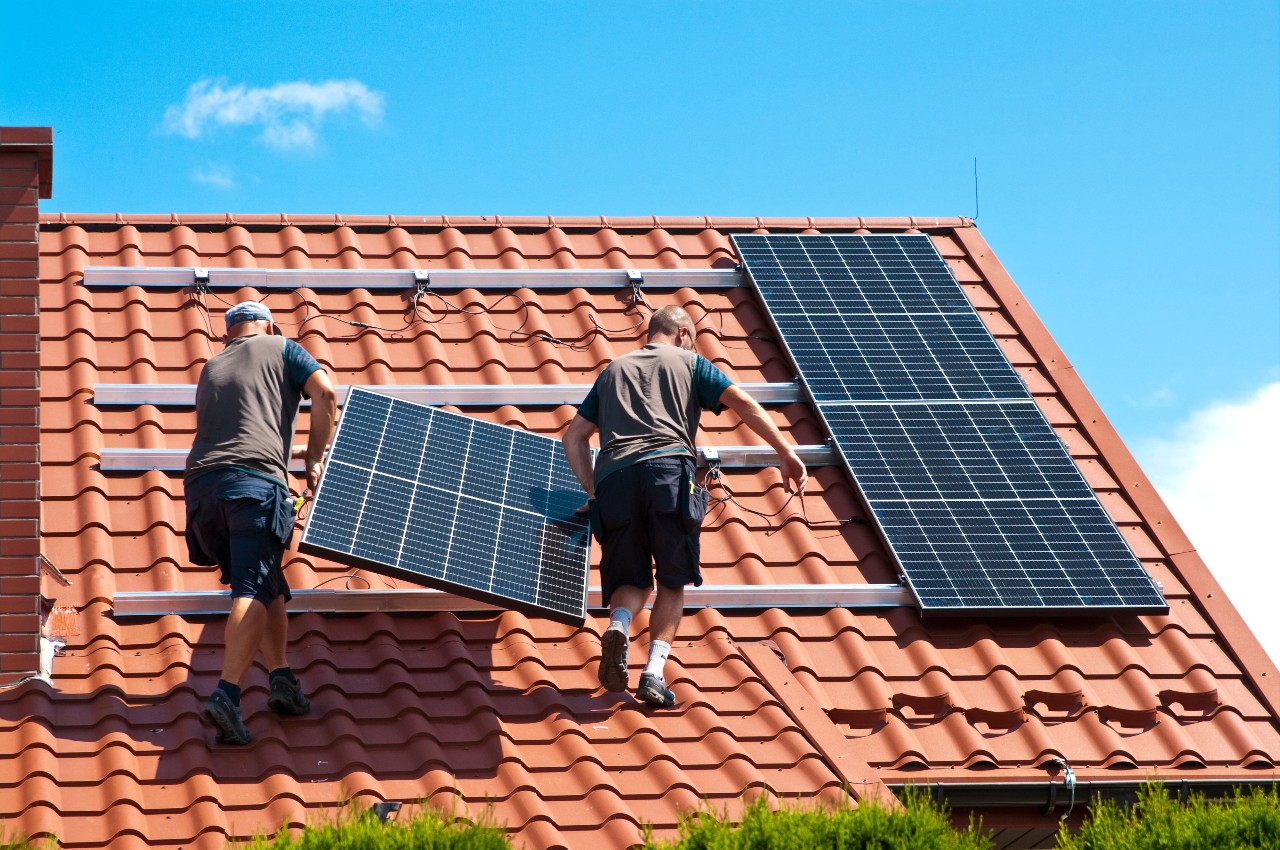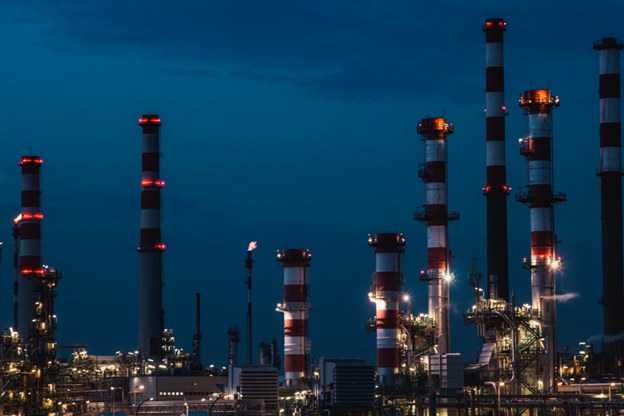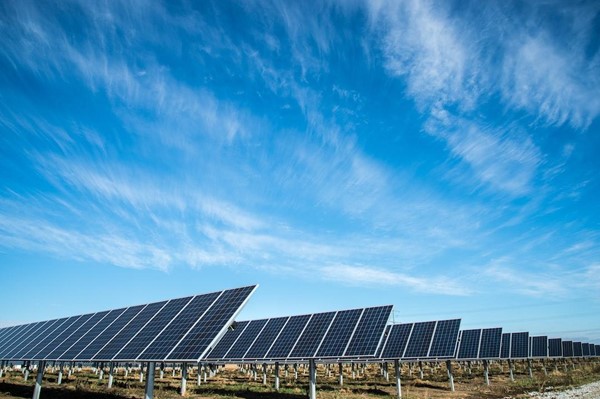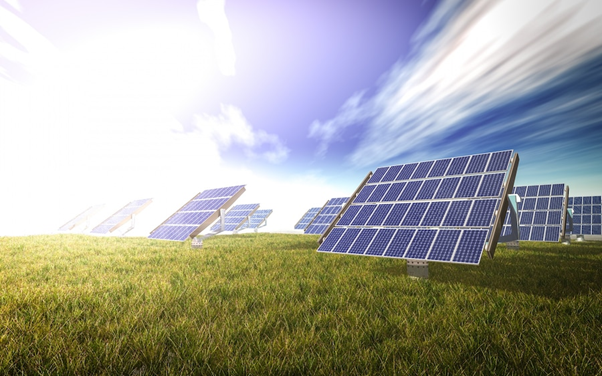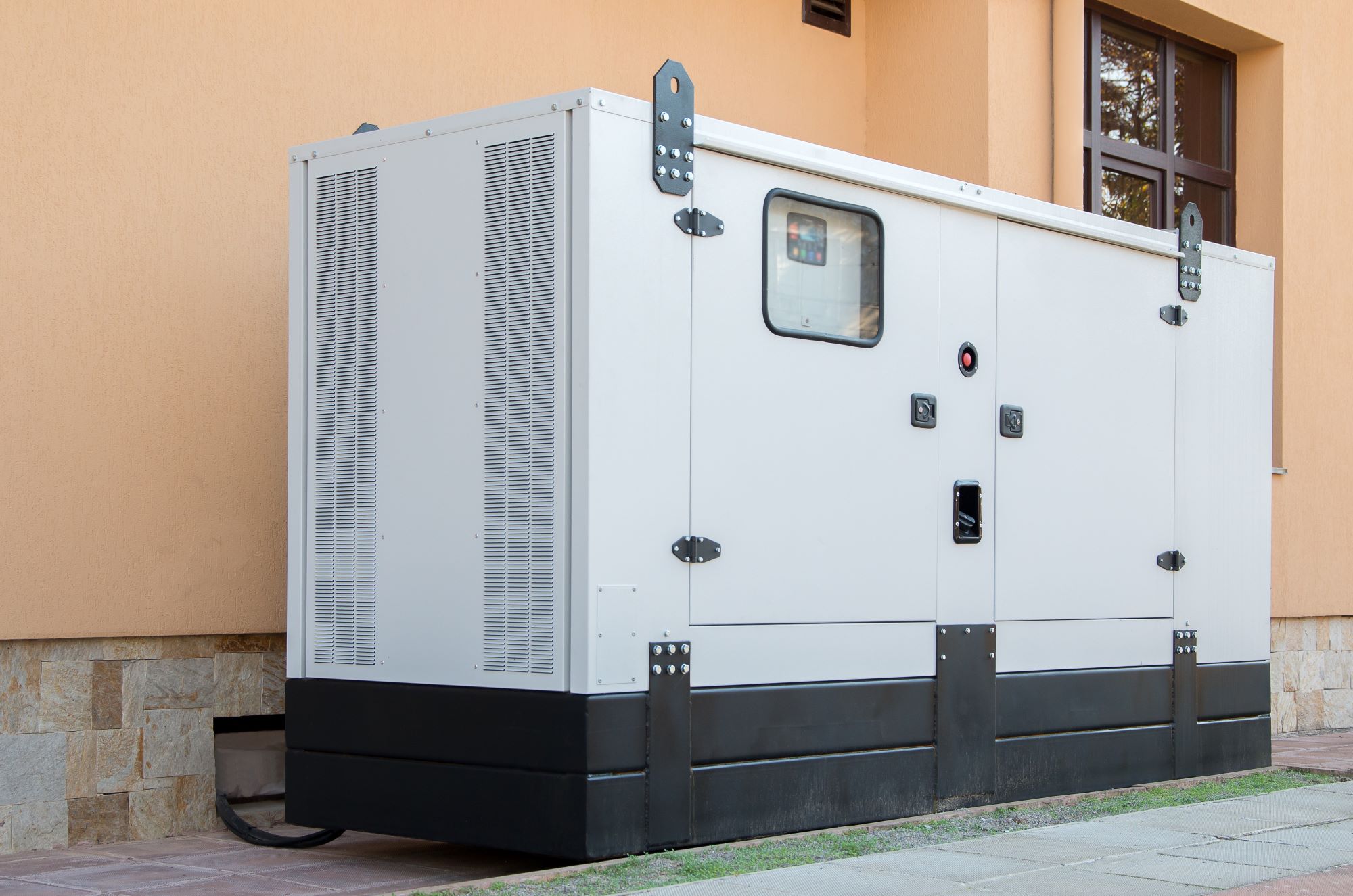What Is the Efficiency of Commercial Solar Panels?
A crucial performance indicator is how well a commercial solar module transforms sunlight into usable electricity. Higher-efficiency panels generate more electricity than lower-efficiency panels under identical solar radiation conditions and times of day. The entire energy generation of your commercial solar system depends on the panels’ long-term efficiency.
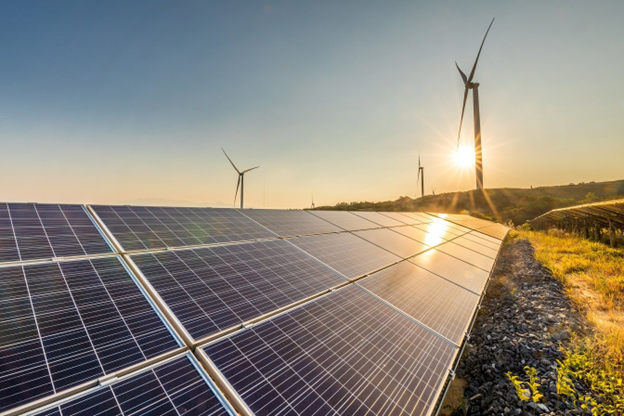
Defining Commercial Solar Module Efficacy
One way to measure the effectiveness of a solar panel is by assessing the percentage of incoming irradiation that is transformed into usable electricity. With the advent of new solar technologies, the average conversion efficiency of modules has grown substantially, from 15% to 22% or more.
Due to this enormous performance boost, typical panel powers have increased by 100%, from 250W to 420W. The efficiency of photovoltaic (PV) cells within solar panels, which depends on cell design and silicon type, and the efficiency of the boards, which depends on cell arrangement, configuration, and panel size, are the main factors in determining solar panels’ efficiency. Commercially available now are solar panels with power ratings of up to 700 W, and their efficiency can be enhanced by increasing their size and exposing them more to the sun.
The Importance of Commercial Solar Panel Efficiency
In recent years, “efficiency” has been a buzzword in the solar industry; nevertheless, just because a panel is somewhat more efficient does not mean it is of higher quality. Many people focus on efficiency, but manufacturing quality has a much more significant impact on real-world performance, dependability, customer service, and warranty terms and conditions.
Fast Recoupment
When considering environmental effects, a more efficient panel will recover the embodied energy (the energy needed to acquire the raw materials and produce the solar module) in less time. According to a comprehensive lifespan study, most silicon-based solar panels can repay their embodied energy within two years. Since panel efficiency has topped 20%, payback time is less than 1.5 years in many areas.
Therefore, greater efficiency increases a solar system’s ability to generate more power throughout the 20+ year lifespan of a solar panel and to recover the system’s initial cost sooner, thereby boosting the return on investment.
Enhanced Durability and Reduced Degradation
Most high-efficiency solar panels employ high-quality N-type silicon cells, which have a better temperature coefficient and slower power depreciation over time. Hence, this metric is a good indicator of performance. Light-induced deterioration (LID) can account for as little as 0.25 percent annual power loss, making panels with N-type cells the preferred option. Depending on the manufacturer’s warranty details, these high-efficiency panels are guaranteed to still provide 90% or more of the original rated capacity after being calculated over a 25- to 30-year lifespan.
N-type cells are more effective because their higher purity allows them to tolerate more impurities and fewer faults.
Balancing Cost and Efficacy
Depending on the silicon used and the inclusion of technologies, all manufacturers provide a selection of panels with varied efficiency ratings. If money is a significant concern, locations with limited mounting space are better suited to an ultra-efficient system with N-type cells that achieve efficiencies exceeding 21%. If you don’t install an extra panel or two, you can pay more for the same amount of energy production.
Elements that Influence Efficacy
Numerous elements, such as correct installation and structural evaluation, affect solar power’s effectiveness. You can maximize your long-term savings from solar energy by having a professional assess your building’s layout and construction to determine the best installation for your needs. To help you create a checklist, we have listed five factors that can affect the efficiency of your commercial solar panels:
#1. Module Design and Fabrication
As a standard, solar modules have a glass covering over the cells that the sun must penetrate. The amount of energy collected depends on the angle at which light passes through the glass and the extent to which the reflectivity is reduced.
#2. Proper Placement and Installation Angle
The ability of a solar module to absorb as much light as possible depends on the quality of its installation. The optimal position of the panel and the amount of light falling on it are crucial considerations.
#3. Roof Gradient
The slope or angle of a roof can affect the percentage of sunlight that reaches the solar panels installed there. Solar tracking devices can compensate for the earth’s rotation at extensive industrial facilities. However, the high price tags make it rare for private homes to install them.
#4. Ambient Temperature
Temperature can affect the output and efficiency of solar cells, with higher temperatures frequently having a negative impact. Manufacturers design specific solar panels with warmer climes to ensure effectiveness even in rising temperatures. If you want your solar panels to pay for themselves faster, pick one that can withstand the weather where you live.
#5. Shading
When partially shaded, solar panels experience a dramatic drop in production. Panel systems typically interconnect multiple panels, meaning that even a meager shadow cast on one board can significantly impact the system’s total energy production. Installing solar arrays in such a way that they are not shaded is preferable. However, there are workarounds for those circumstances where this is unavoidable.
Looking for highly efficient Commercial Solar Panels?
Understanding solar panel productivity and the elements that affect it is crucial, whether you are a commercial company considering a conversion to solar power or a residential client considering energy self-sufficiency. Learn about the state of the art in photovoltaics to pick the best panels for your money, location, and energy needs.

